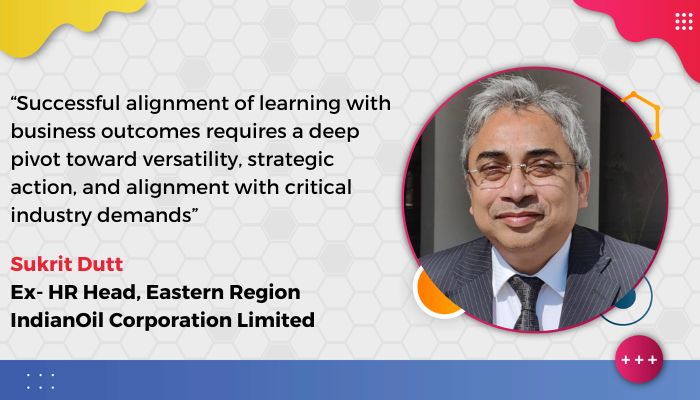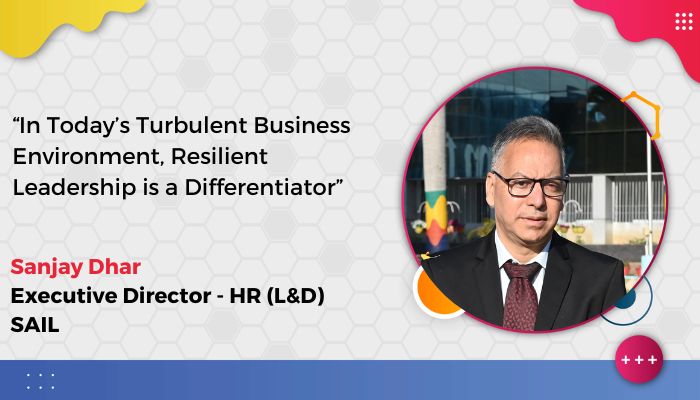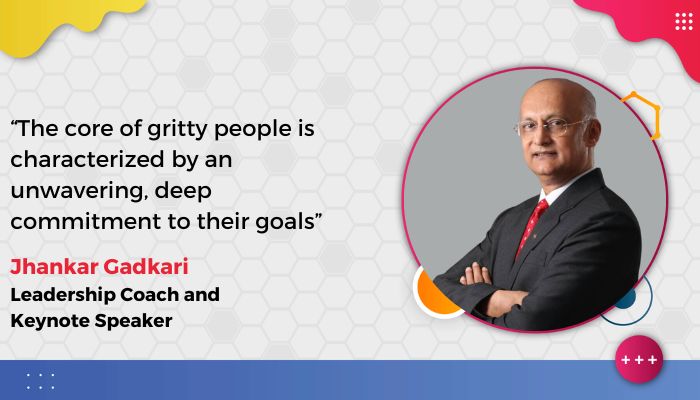Vivek Singh, Head – Procurement at KPMG India, writes that automation and AI can never make Procurement and Supply chain outdated
Future of Procurement
The fear that Procurement will become obsolete in 15 to 20 years is far-fetched. When computers were becoming all pervasive in the workplace, there were similar concerns. What is important is to understand the context from which this thought is coming from.
With the implementation of more and more sophisticated technologies, no doubt some activities are getting better coordinated and simplified – finding pricing for standard items, locating sources of supply and services, system-based requisitions and orders are some of the examples. We will see automation and intelligence in the areas where the requirement is absolutely clear, the source of supply is finalized and the terms are standardized. This in turn will reduce the involvement of Procurement beyond a point.
The big change or fear factor is when the intelligence will start impacting decision making tools. Nevertheless, all Procurement related decision shall not be made obsolete that easily. There are major dependencies on internal teams as well as the vendor partner community. Intelligence in the Procurement processes will definitely enable the qualitative decision making but unlikely to make Procurement function redundant. The observation I have had over the years is that Procurement is becoming more central to a lot of processes and the quantum of activities is higher.
Key Challenges
If you see the end-to-end process of requirement gathering right up to the final payments, Procurement has an anchoring role and could entail many interfaces, depending on the complexity of the requirement (excluding the based Procure to pay ordering). It affects even the decision making of an organization. Mapping out the stakeholder interfaces and ensuring all the steps are concluded logically are also challenging. Then there is always the added factors of time and financial constraints. The volume of requirements also never reduce. If you see the end-to-end process of requirement gathering right up to the final payments, Procurement has an anchoring role and could entail many interfaces, depending on the complexity of the requirement (excluding the based Procure to pay ordering). It affects even the decision making of an organization. Mapping out the stakeholder interfaces and ensuring all the steps are concluded logically are also challenging. Then there is always the added factors of time and financial constraints. The volume of requirements also never reduce.
Since there are multitudes of data available, inaccuracy of data can become a major roadblock in making sound procurement decisions. Besides, decisions based on inaccurate data can lead to either shortage or excess of inventories, thus leading to direct negative impact on a company’s finances. Another major challenge, though not frequently mentioned, yet, is one of the biggest procurement dilemmas, is managing the supplier.
From a broad spectrum of suppliers in the market, finding the right supplier who has an impeccable record of delivering quality inventories along with on-time delivery becomes a crucial tasks. Constant follow up on the supplier becomes a mandate in order to ensure the products are delivered as per the deal made. What worries a procurement leader the most is the compliance issues that needs to be adhered to. It is very important to understand each company’s compliance requirements as sometimes the understanding can be inadequate.
You might also be interested to read: Learnings From Digital Marketers for Employers
Impact of Automation
Till date, the conventional method of paper processes for approvals and purchase requests still exist but that is just a fraction as compared to the initial stages of my journey in Procurement. As the success of a Procurement department is primarily measured by “less spending and more value” policy, automation has completely reoriented the entire procurement process. The constant worry about “When will the material get delivered?” or “Did the material get delivered?” have all become a distant rattle. Approvals are just a click away due to online method and the decision making processes are faster and more importantly, the time taken to conclude each activity has greatly reduced.
Not only has automation bridged the gap between the supplier partners and the buying organizations but it has also significantly reduced the entire product lifecycle time. A key benefit in integrating automation in procurement is the clear visibility you gain as a Procurement leader for future forecasting as the massive request-purchase-payment data is collected and categorized systematically, thus empowering an informed business decision.
Technology is and will continue to play a mega role in day-to-day procurement functions. The stigma of supplier risks will be curtailed to the maximum due to the vast amount of data from multiple sources for assessing supplier performance and risk event analysis. Having saved time from performing less administrative tasks due to automation, procurement team can now focus on core functions and empower strategic business decisions.
About the author
Vivek Singh is the Head – Procurement at KPMG India and has led the Procurement/ Supply Chain functions for large and best in class organizations. Prior to KPMG – India, Vivek worked with Cairn India Limited as General Manager, Procurement and Supply Chain Management. He also worked as Materials Manager in Australia on a brownfield expansion of an alumina refinery project. He spent a couple of years in the outsourcing industry in setting up a Sourcing and Procurement Practice as well as led Solution Design/Global Delivery for the practice. A Commerce graduate, Vivek did his graduate diploma in Purchasing and Supply from CIPS, UK. He completed an executive program in Leadership and General Management from INSEAD.






